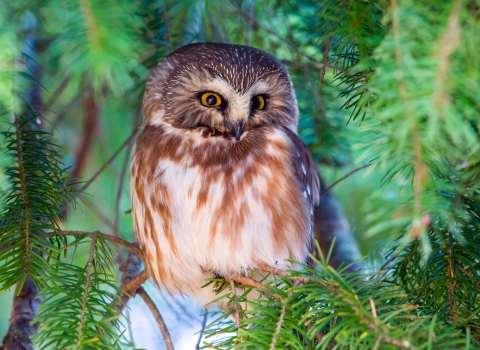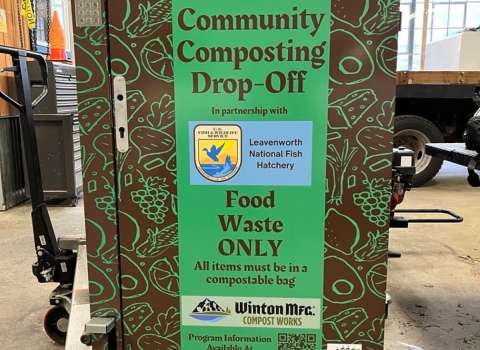Carlos Martinez, National Brood-stock Coordinator & Manager at D.C. Booth Historic National Fish Hatchery and Archives, has been a central contributor with the National Hatchery Operations Work Group and the author/architect behind a number of FAC Hatchery recognition efforts including:
The commemorative coins provided throughout the service in appreciation for the people that make these facilities run
The hatchery 150th year celebration efforts including funding opportunities
And editorial authorship/commission of a set of panels depicting a body of work worth of display throughout the nation by hatcheries.
Dale Hollow NFH, requested participation when region 4 had the chance to improve the hatchery visitor experience with a set.
The Hatchery Panels tell multiple stories about the inception and activities of the US Fish and Wildlife Service with a general focus on the National Fish Hatchery System:
The Start: A Nation at War: Finding new strategies to combat food shortages
Conservation Agency: One of the roles of the USFWS is to mitigate human impacts on aquatic environments and prevent further decline in nature as a national resource for the US
Today: Hatcheries preserve effective populations through rearing and preservation of genetics
Stop-gap: Hatcheries exist to preserve life while society and science come up with long term solutions to the pressures causing a decline/elimination of populations of fish and other animals
Conservation: Hatcheries are also a hub for research into the biological needs, breeding, genetics and vulnerabilities of different species
Threshold populations: Hatcheries currently supply millions of fish to sustain commercial and recreational fishing while reducing the decline in populations of fish that could or already have fallen below the numbers required to maintain healthy naturally sustaining wild breeding.
There are different USFWS Fish and Aquatic Conservation programs related to the waterways and species in the US:
Fish Hatcheries focus on the preservation of populations and genetics. Hatcheries buy the time needed by society and science to enact solutions.
Fish Technology Centers evaluate preservation science, research, methods and technology associated with conservation
Fish Health Centers study genetics, nutrition, diseases and contamination in wild and domestic populations. They are a central hub of conservation research.
Fish and Wildlife Conservation Offices conduct the research and implementing the measures for improving long-term aquatic sustainability
The story panels add a bigger picture for visitors to encounter while touring Dale Hollow National Fish Hatchery, enhancing the public engagement and inspiring discussions, education, more questions, and involvement.



